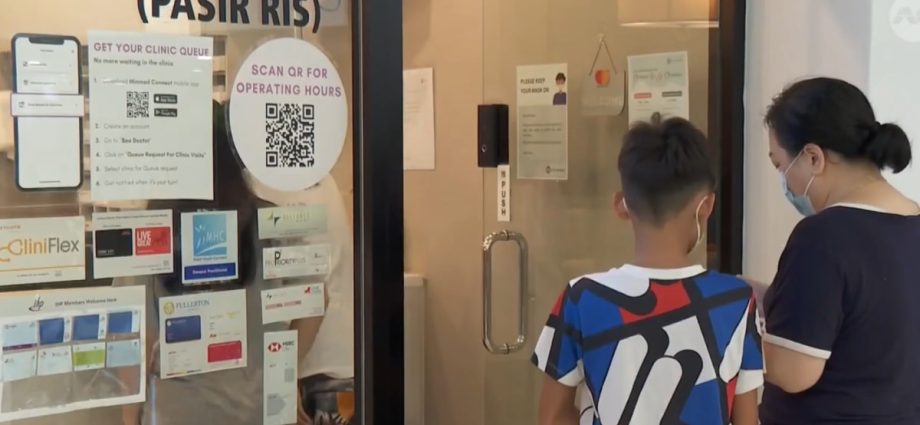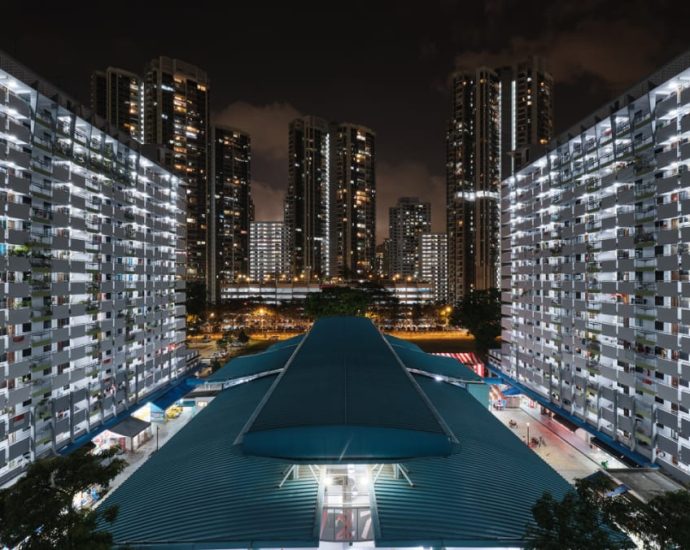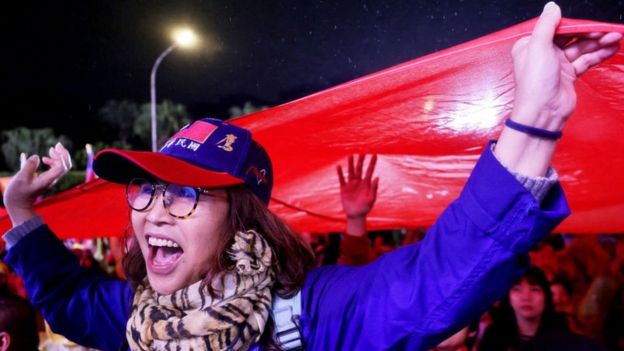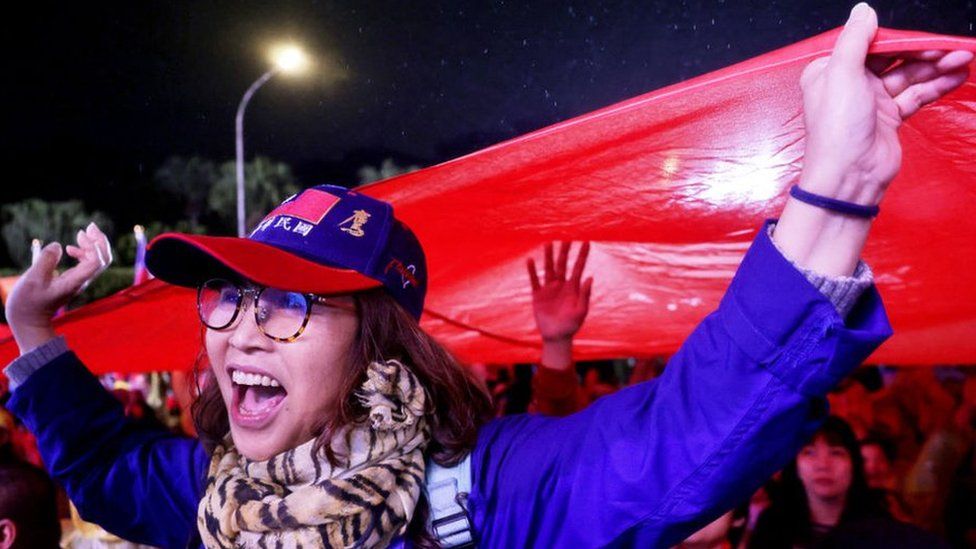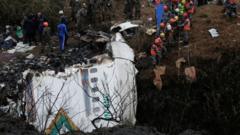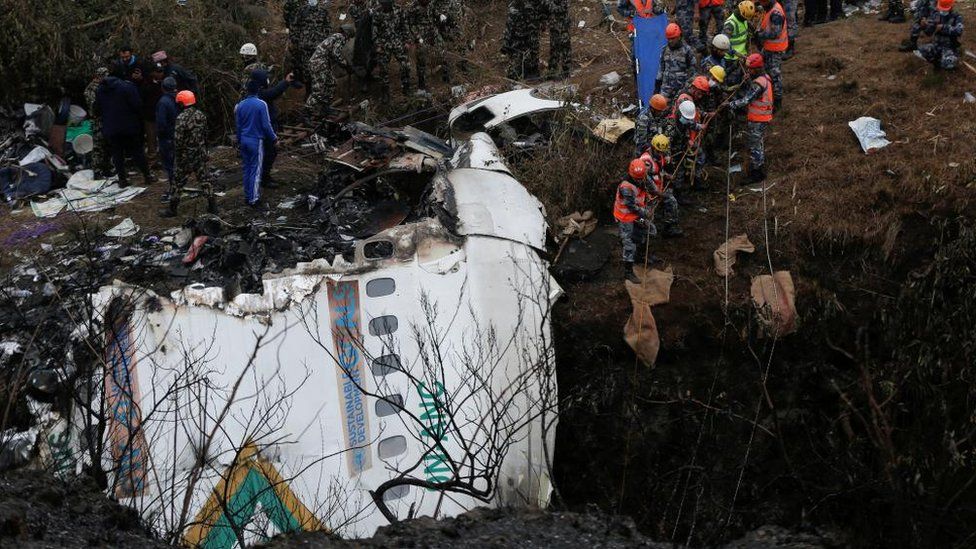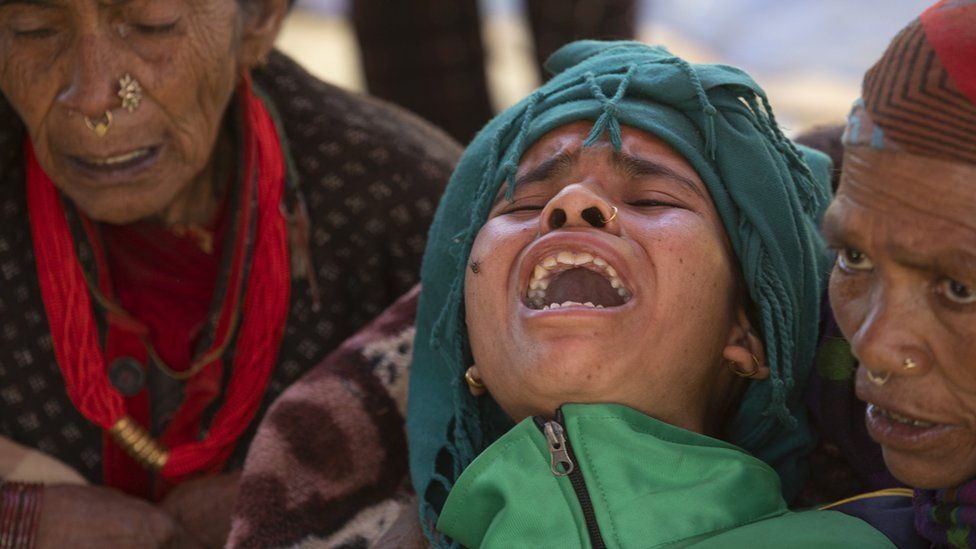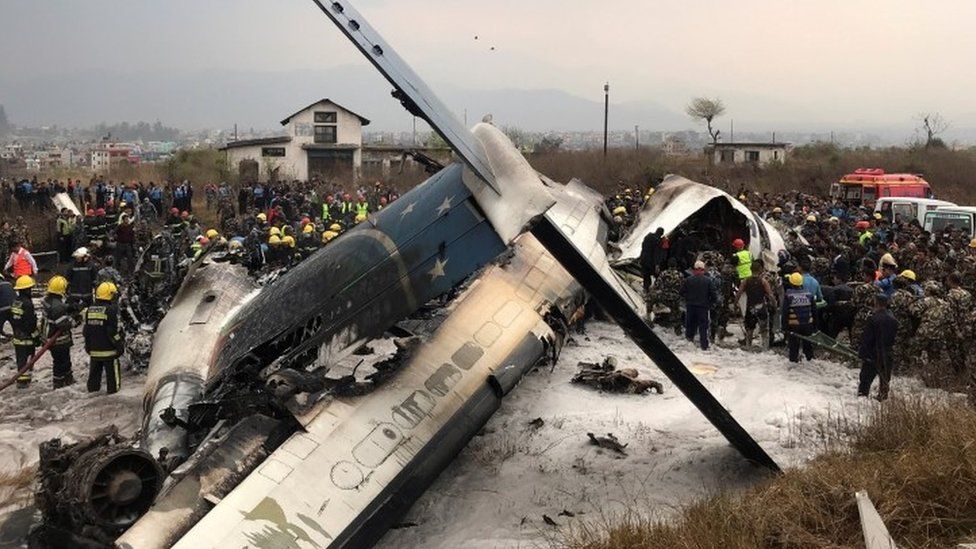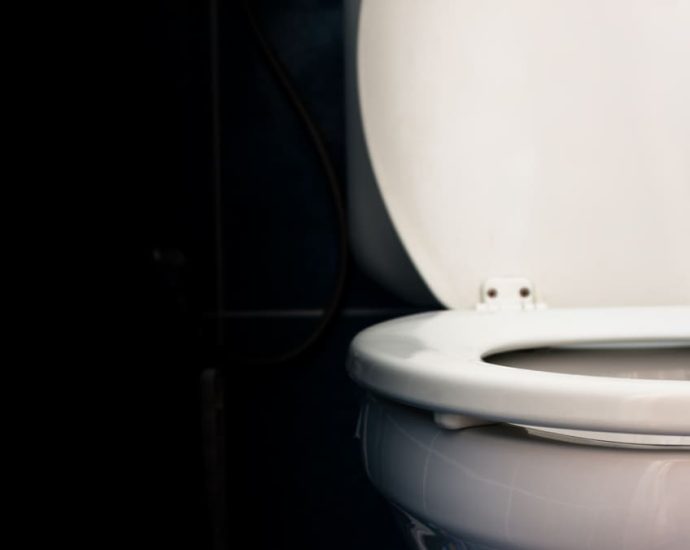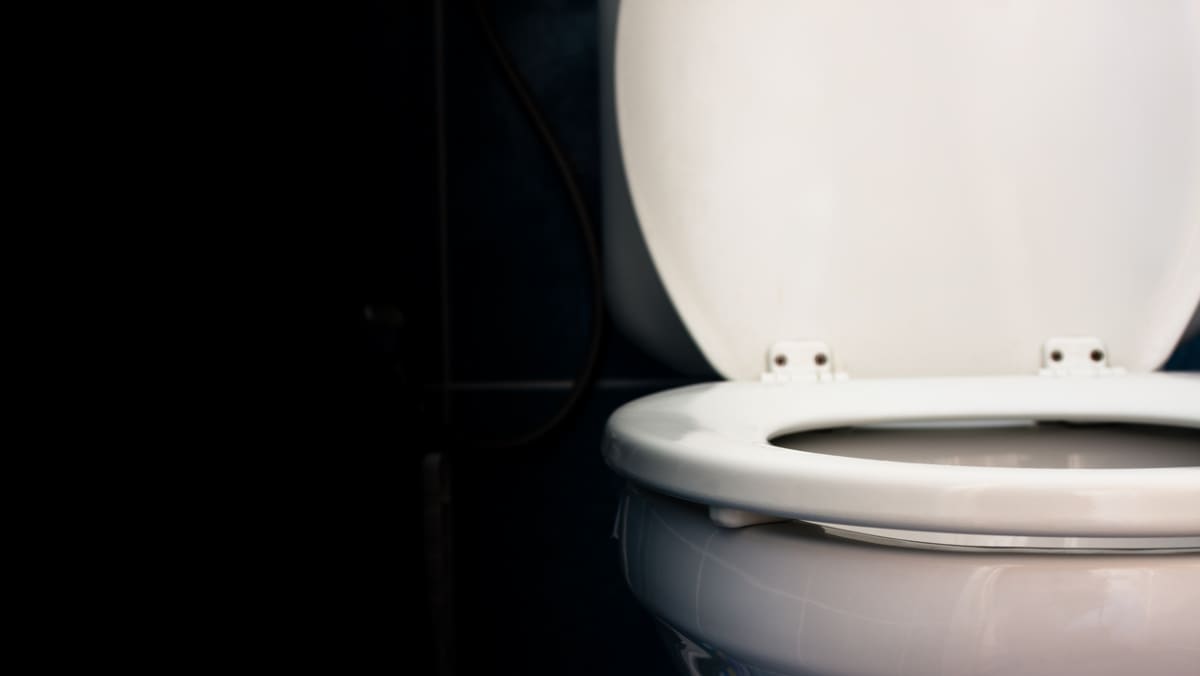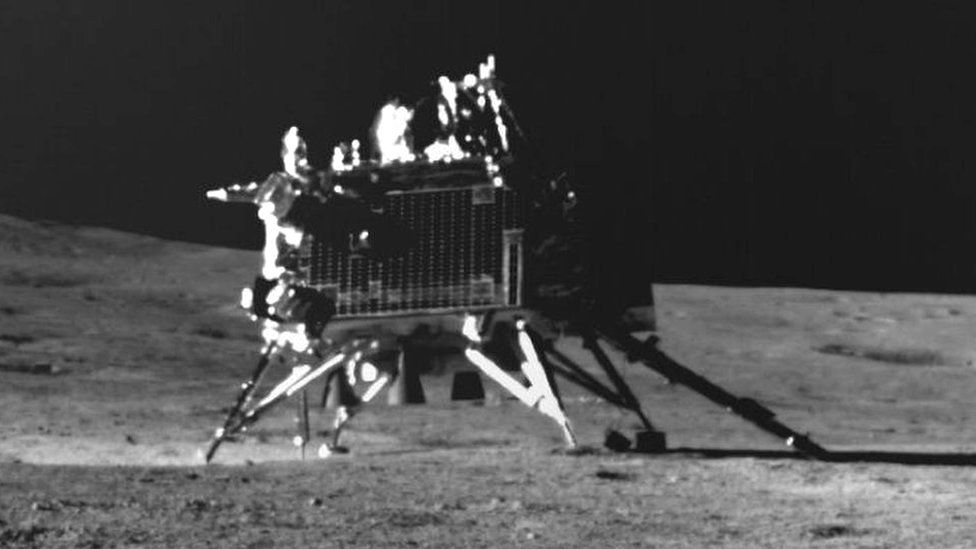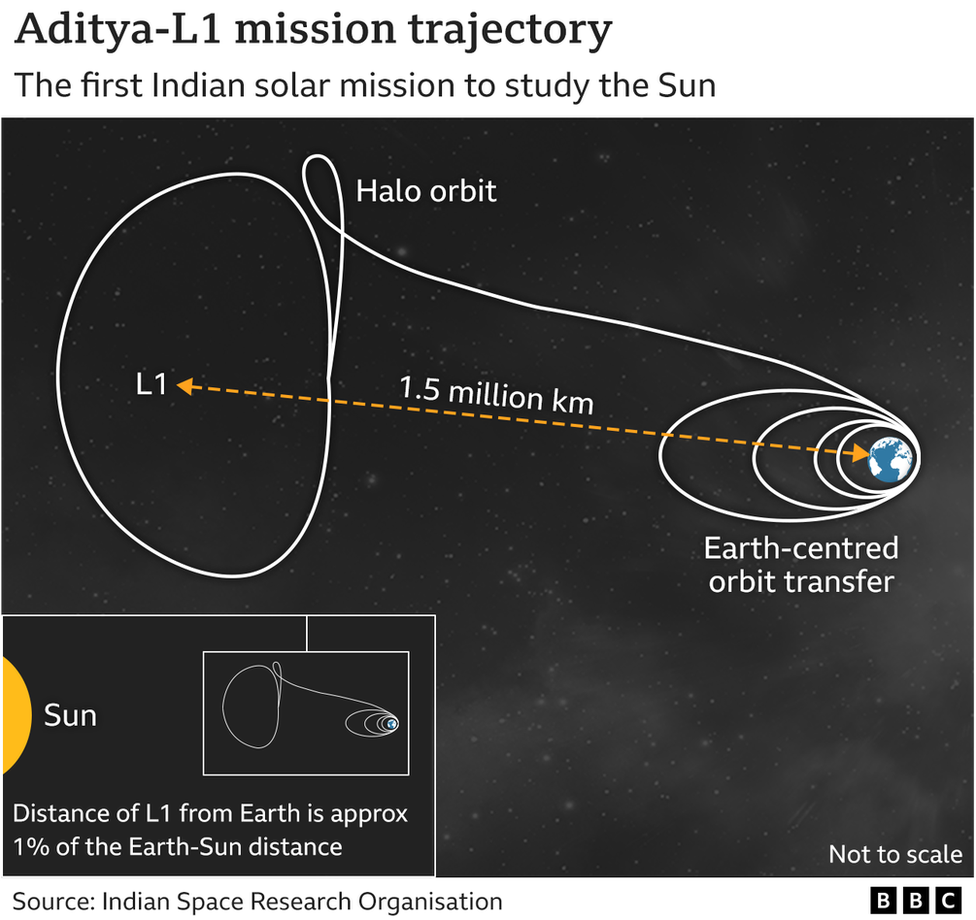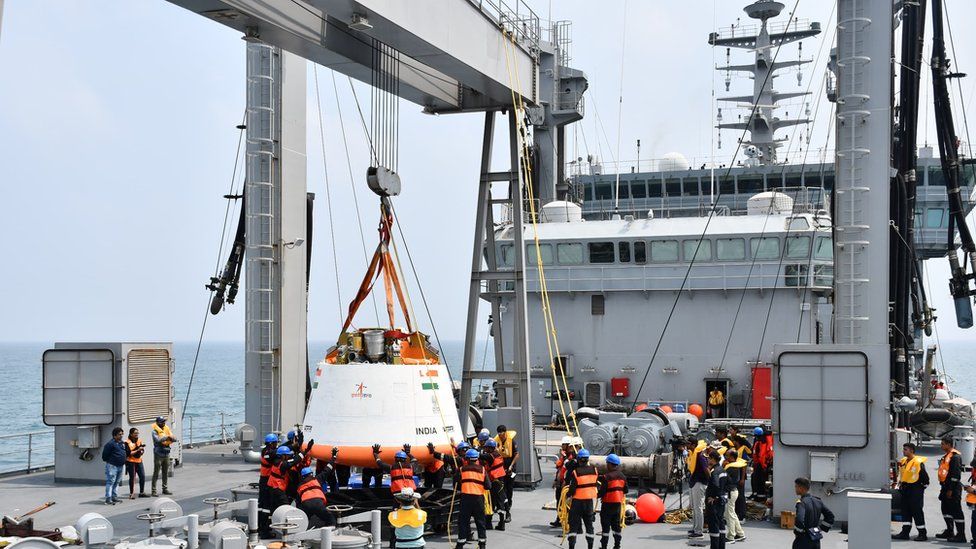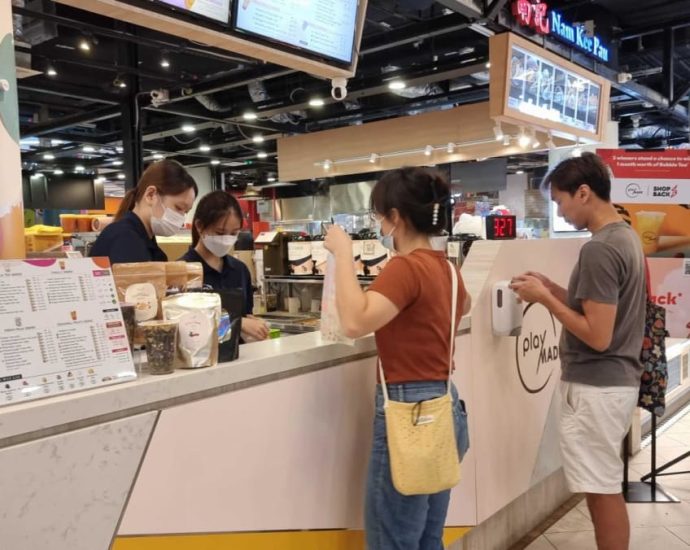Doctors see surge in patients in clinics, online amid COVID-19 wave

PATIENTS WITH COVID-19, OTHER RESPIRATORY ILLNESSES
Healthcare providers said COVID-19 patients are contributing to the surge in numbers.
The current COVID-19 wave may have peaked, Health Minister Ong Ye Kung said last Friday (Dec 22). The estimated seven-day moving average of COVID-19 infections stood at 3,650 on Tuesday, less than half the 7,870 on Dec 12.
At Doctor Anywhere, which provides telehealth services and has nine physical clinics across the island, the number of COVID-19 patients has doubled from a month ago, a spokesperson said.
To improve waiting times and to free up capacity, the healthcare provider has rescheduled some non-urgent appointments, such as patients who have booked health screenings.
While a significant number of patients consulting with WhiteCoat have COVID-19, a large proportion have other ailments such as non-COVID respiratory infections, gastroenteritis and minor injuries, said Dr Tan.
Dr Marcus Lee, assistant medical director at Fullerton Health, which runs 30 clinics, said the current situation is “slightly more challenging”.
“The surge (in patients) is really quite high now. The last time we had such a huge surge was (in) the beginning of 2022. But nevertheless, we have been trained already … so we are better equipped mentally and physically,” he said.
Providers said that COVID-19 patients have mild symptoms and recover fast but warned that infection numbers may continue to rise.

